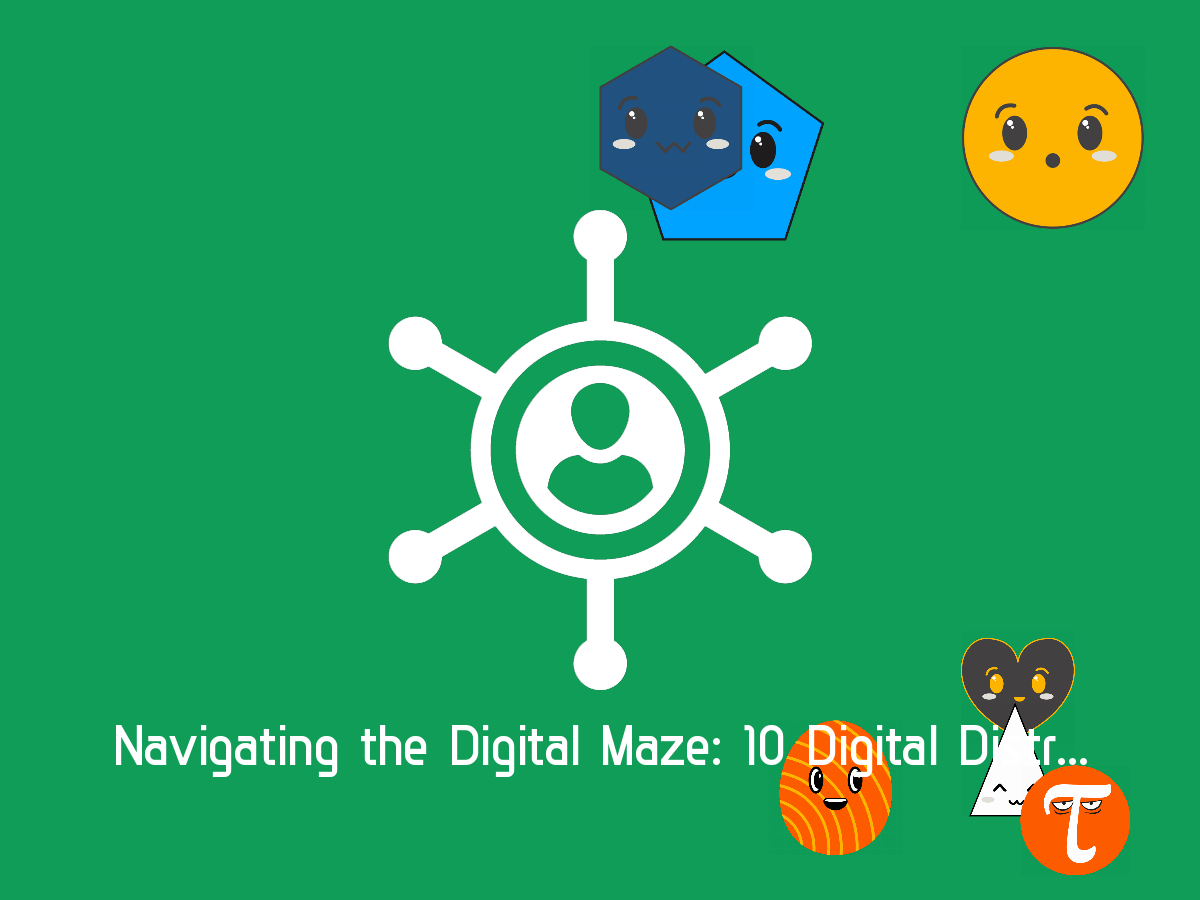In an age where technology is omnipresent, digital distractions are among the biggest productivity killers. Recognizing and avoiding these distractions is crucial for maintaining focus and efficiency at work. Let’s delve into 10 digital distractions you should be wary of.
1. Social Media
- Platforms like Facebook, Twitter, and Instagram are designed to keep you scrolling. Limit your use during work hours to avoid falling into a social media rabbit hole.
2. Email Overload
- Constant email notifications can fragment your attention. Try checking your email at designated times rather than responding to every alert.
3. Instant Messaging Apps
- Apps like Slack and WhatsApp are essential for communication but can be disruptive. Use status settings to indicate when you need uninterrupted work time.
4. Multitasking on Digital Devices
- Juggling multiple tasks might seem efficient, but it often leads to reduced quality and focus. Try to concentrate on one task at a time.
5. Online Shopping
- The allure of online deals and browsing can be a major distraction. Save this activity for your personal time.
6. Streaming Services
- Watching TV shows or videos during work can significantly hamper your productivity. Reserve these entertainment sources for breaks or after work.
7. Smartphone Notifications
- Non-essential notifications from your smartphone can break your concentration. Consider muting or customizing your notification settings.
8. Online Gaming
- Engaging in online games during work hours can be a substantial distraction. Keep gaming as a reward for after completing your tasks.
9. Web Browsing
- Aimless web browsing, even if it starts with a legitimate work query, can lead you off track. Use browser extensions that limit time on non-work-related sites.
10. Digital Clutter
- A cluttered digital workspace can be as distracting as a physical one. Keep your digital files organized and your desktop clean.
Conclusion
While technology is indispensable in the modern workplace, it's vital to recognize and control its potential as a distraction. By being mindful of these ten digital temptations, you can significantly boost your productivity and focus at work. Remember, in the digital world, awareness is the first step towards improvement.




